
Get the latest international news and world events from around the world.

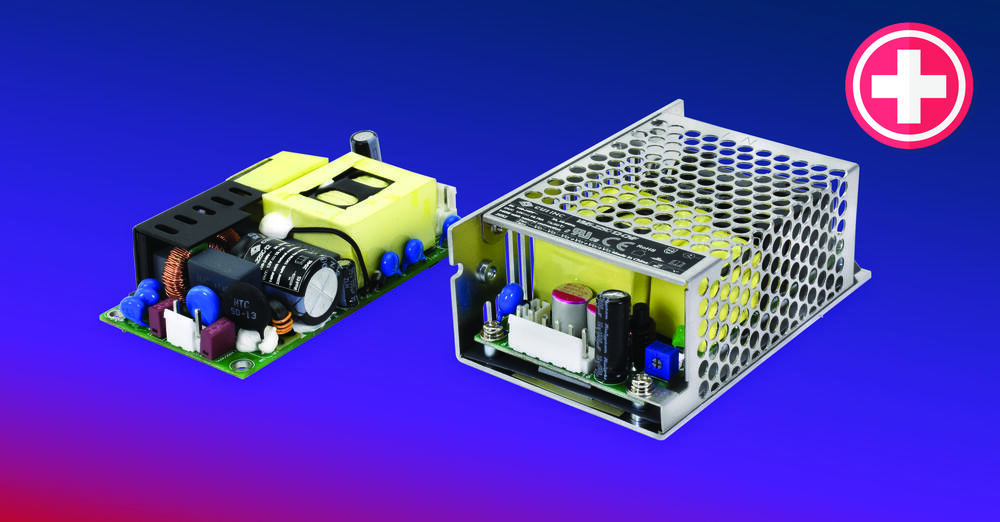
AC/DC power supplies continue to shrink
Whether the AC/DC power supplies are open-frame or enclosed models or even desktop adapters, the latest power devices for medical and industrial applications share a few things in common: They offer a smaller solution size and achieve a higher power density while providing higher efficiency.
In addition, you’ll find that many power supply manufacturers are rolling out flexible and more options to meet the wide range of medical and industrial applications. Cooling and the capability to parallel power supplies are also important factors. Not surprisingly, these AC/DC power supplies also meet a variety of safety approvals and can operate in harsh environments.
Here is a selection of AC/DC power supplies that meet medical and industrial power requirements. In some cases, they meet requirements for both market segments.
Airbus’ retro-looking open fan engine design could cut CO2 emissions
Airbus and CFM International’s collaboration gave us the open fan engine that promises to reduce CO2 emissions.

Natural clean-up: Bacteria can remove plastic pollution from lakes
A study of 29 European lakes has found that some naturally-occurring lake bacteria grow faster and more efficiently on the remains of plastic bags than on natural matter like leaves and twigs.
The bacteria break down the carbon compounds in plastic to use as food for their growth.
The scientists say that enriching waters with particular species of bacteria could be a natural way to remove plastic pollution from the environment.
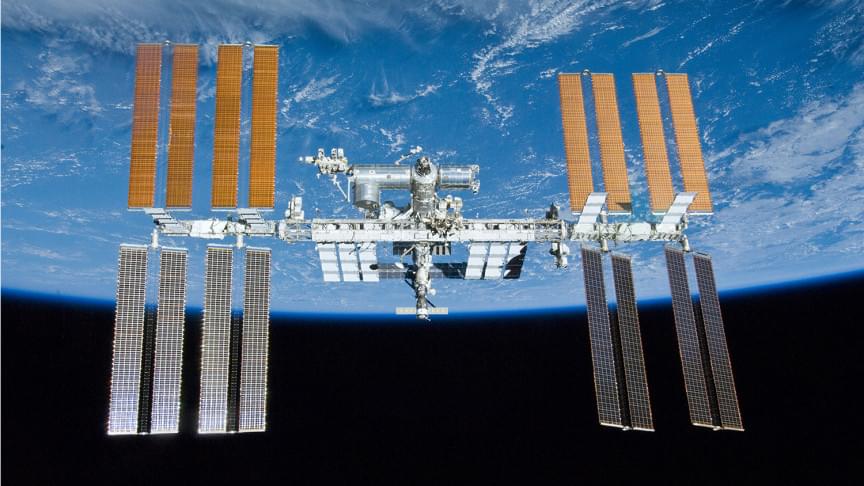
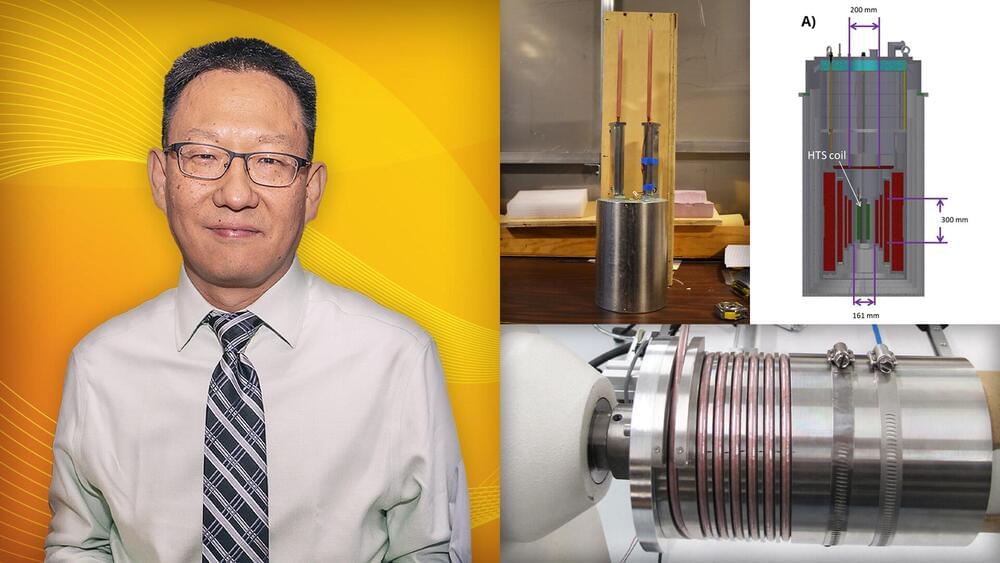
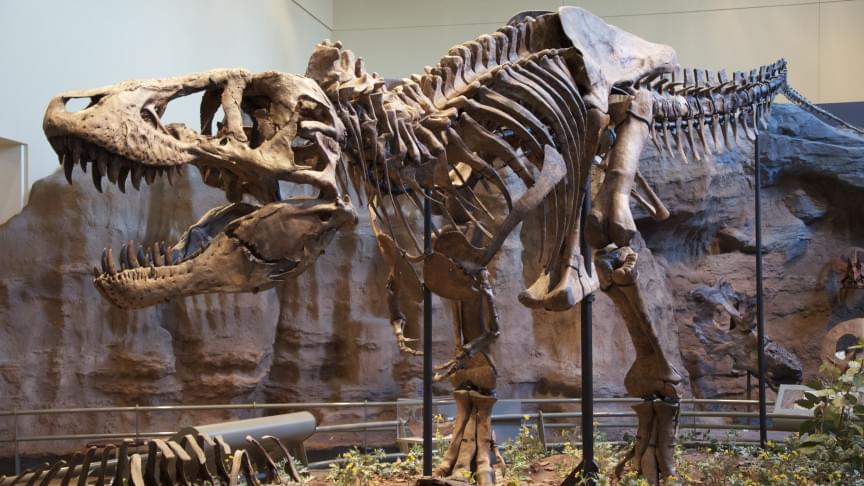
A new study confutes the bold theory that T. rex was three separate species
Back in March this year, a study published in Evolutionary Biology claimed that fossils categorized as Tyrannosaurus rex represent three separate species. However, a new study published on July 25 in Evolutionary Biology refutes this claim and suggests that the previous research lacked evidence and Tyrannosaurus rex is made of only one species.
The previously controversial research implied that T. rex should be reclassified as three different species, including the standard T. rex, the bulkier “T. imperator,” and the slimmer “T. regina.” Researchers analyzed 38 T. rex fossils that contained leg bones and teeth samples, a press release revealed.
However, paleontologists at the American Museum of Natural History and Carthage College were determined to review the data of the previous research, adding data points from 112 species of living dinosaurs—birds—and from four non-avian theropod dinosaurs.
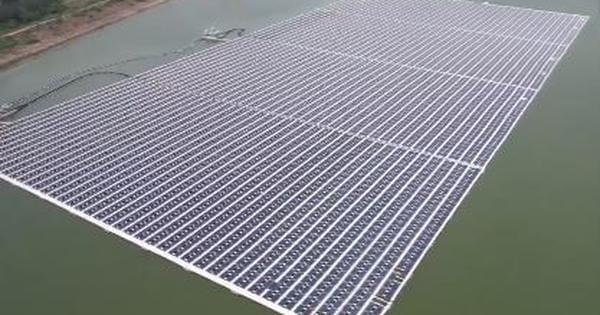
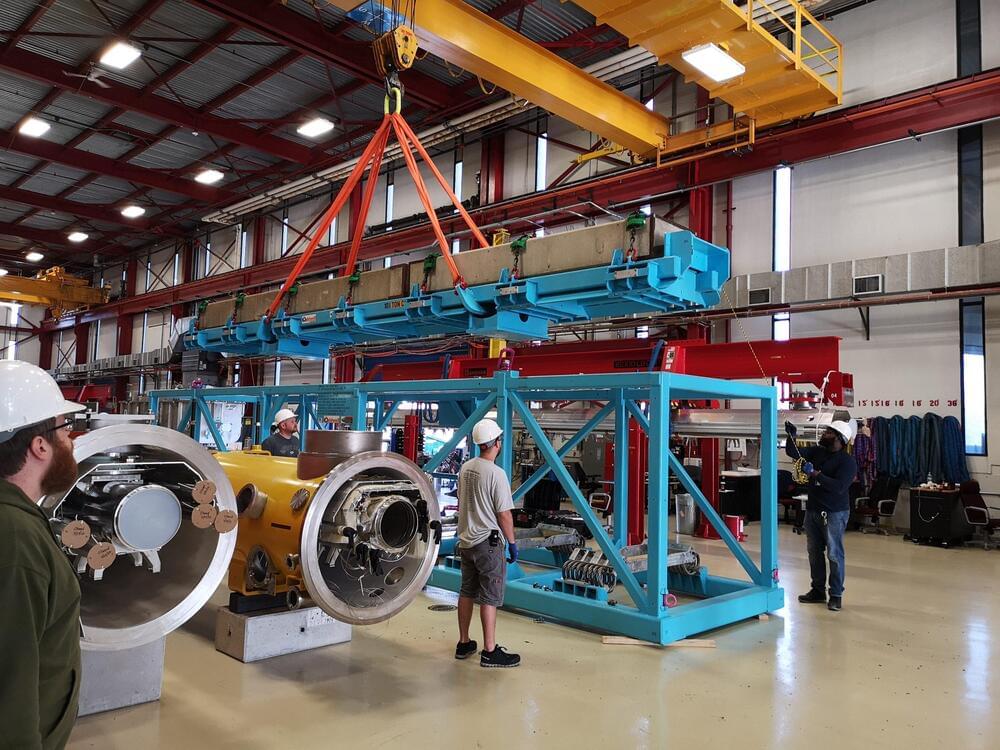
PIP-II transportation test frame is ready for action
Successful assembly was the result of a collaboration among three institutions in three countries.
Cryomodules are essential components for the U.S. Department of Energy’s Fermi National Accelerator Laboratory’s accelerator complex upgrade, known as the Proton Improvement Plan II, or PIP-II.
PIP-II features a brand-new, 800-million-electronvolt leading-edge superconducting radio-frequency linear accelerator, or linac for short, that will enable Fermilab to produce more than 1 megawatt of beam power, 60% higher than current capabilities. To achieve this groundbreaking feat, the linac will be made up of cryomodules, which are vessels containing niobium cavities.
The first particle accelerator on U.S. soil built with significant contributions from international partners, PIP-II will receive three assembled cryomodules from partners at the Science and Technology Facilities Council in the United Kingdom and nine assembled cryomodules from Commissariat à l’Énergie Atomique et aux Énergies Alternatives, or CEA, in France.